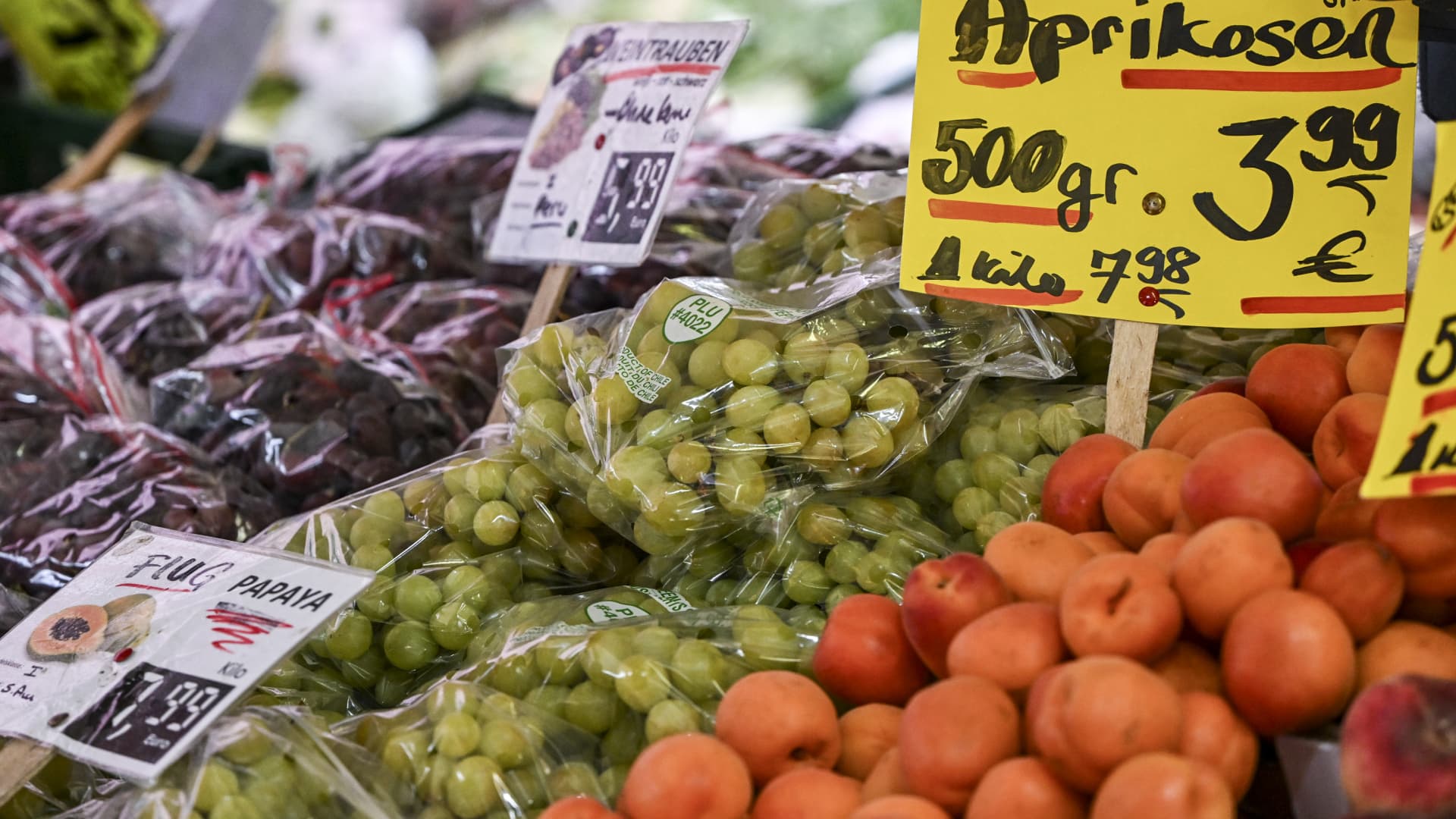THE PETITIONER in Trump v United States was not present on April 25th when the Supreme Court considered whether he and other ex-presidents should enjoy immunity from criminal liability for their official actions while in office. Rather than being ensconced at One First Street among the Italian marble and red velvet, Donald Trump was seated in a less august courtroom in New York City—where he faces state charges for allegedly covering up hush-money payments to an adult-film star.
A win in Trump v United States would not help him in New York, as those alleged crimes took place on the eve of the 2016 election before he became president. Nor would success at the Supreme Court let him wriggle out of charges in Florida related to classified documents—that alleged mishandling happened after he left office. Yet a dose of immunity would spell the end of the most serious case against Mr Trump: federal charges brought by Jack Smith, the special counsel, that he conspired to overturn the results of the 2020 election.
Two lower courts rejected Mr Trump’s plea for blanket immunity. In February, a three-judge panel at the appeals court wrote that “wholly immunising” presidents who have left office would undercut “the primary constitutional duty of the judicial branch to do justice in criminal prosecutions”. But the nearly three-hour hearing at the Supreme Court—which for long stretches sounded more like a graduate-level seminar on presidential power than a judicial proceeding—made clear that the justices think the legal matter is less than clear.
John Sauer, Mr Trump’s lawyer, warned that a “looming threat” of prosecution after leaving office “will distort the president’s decision-making” and hamstring him while in office. Without blanket immunity, he suggested, Barack Obama could be charged today with murder for errant drone strikes and, down the road, President Joe Biden could be held criminally liable for letting immigrants overrun the border. That’s no way to run an executive branch, Mr Sauer insisted.
But Mr Sauer’s pat plea aroused scepticism across the bench. Chief Justice John Roberts asked whether a president who appoints an ambassador after accepting a bribe could be prosecuted after leaving office. Mr Sauer’s reply—that bribe-taking is outside the scope of official presidential conduct—did not satisfy the chief. “But appointing an ambassador is certainly within the official responsibilities of the president,” he said, demonstrating the difficulty of untangling the act’s two components. This led Justice Sonia Sotomayor to resuscitate a hypothetical scenario from the appeals-court hearing: what about using a Navy SEAL team to assassinate a political rival? When Mr Sauer said that a president could not be held liable for such an “official act”, Justice Sotomayor, with backing from Justice Ketanji Brown Jackson, said America’s founders never envisioned that ex-presidents would be immune from prosecution for criminal acts undertaken for “personal gain”. The constitution’s framers toyed with granting such a cloak to presidents, Justice Sotomayor said, and opted against it.
A pair of questions emerged as the justices’ main concerns. First, which of Mr Trump’s alleged actions count as official (and are thus potentially immunised) and which are private (and thus a legitimate basis for criminal prosecution)? Second, more broadly, which principles should judges use to discern the difference, and through what type of judicial process?
Mr Sauer conceded early on that many of Jack Smith’s allegations against Mr Trump fell in the “private” category. He admitted that spreading knowingly false claims of election fraud and conspiring with a private attorney to file false allegations are both private acts, and therefore prosecutable. By contrast, “meeting with the Department of Justice to deliberate about who’s going to be the acting attorney-general of the United States” is an official act, Mr Sauer said, and should not spur criminal liability.
Justice Elena Kagan also pressed Mr Sauer on how to draw these lines. She was aghast at his claim that Mr Trump was acting officially when he urged legislators in Arizona to hold a hearing on election fraud, and when he worked with Republican Party officials to organise fraudulent slates of presidential electors. And she coaxed Mr Sauer into a corner where he, uncomfortably, conceded that perhaps presidents could not be held liable for spurring coups or sharing nuclear secrets with foreign governments.
Neither these extraordinary admissions nor a meticulous presentation by Michael Dreeben, who argued against Mr Trump’s plea, deterred the conservative justices from standing up for a robust reading of presidential power. Justices Samuel Alito, Neil Gorsuch and Clarence Thomas all seemed to lean heavily in Mr Trump’s direction, even if not towards a grant of absolute immunity. And Justice Brett Kavanaugh advocated an idea—recently floated in conservative legal circles—that only criminal laws with “a clear statement…referencing the president” can limit a president’s conduct. But only two criminal laws fit that bill, Mr Dreeben said, and so, under Justice Kavanaugh’s reading, “the entire corpus of federal criminal law, including bribery offences, sedition, murder, would all be off limits.”
As Justice William Brennan used to say, with “five votes, you can do anything” at the Supreme Court. Four justices seem intent on giving Mr Trump enough of a win that his election-stealing case will be scuttled. (This would happen if delays—stemming from an instruction to the lower courts to sort out which of Mr Trump’s alleged acts count as private—push the trial’s start past the presidential election in November. If he wins, Mr Trump could end the litigation.) Four more, the quartet of women, seem keen to allow the trial to get started, one way or another. Justice Amy Coney Barrett raised the spectre of letting it begin “immediately” and was the only jurist to broach the elephant in the courtroom: Mr Smith’s “concern for speed”.
That makes Chief Justice Roberts, whose sceptical questions for Mr Dreeben balanced his worries about Mr Sauer’s position, the probable deciding vote. The nuances and divisions revealed in the hearing may make speedy resolution of the case difficult. The ruling could come in a matter of weeks—or might not arrive until the end of June. ■

 Accounting1 week ago
Accounting1 week ago
 Personal Finance1 week ago
Personal Finance1 week ago
 Accounting1 week ago
Accounting1 week ago
 Finance1 week ago
Finance1 week ago
 Economics1 week ago
Economics1 week ago
 Economics1 week ago
Economics1 week ago
 Economics1 week ago
Economics1 week ago
 Personal Finance1 week ago
Personal Finance1 week ago










